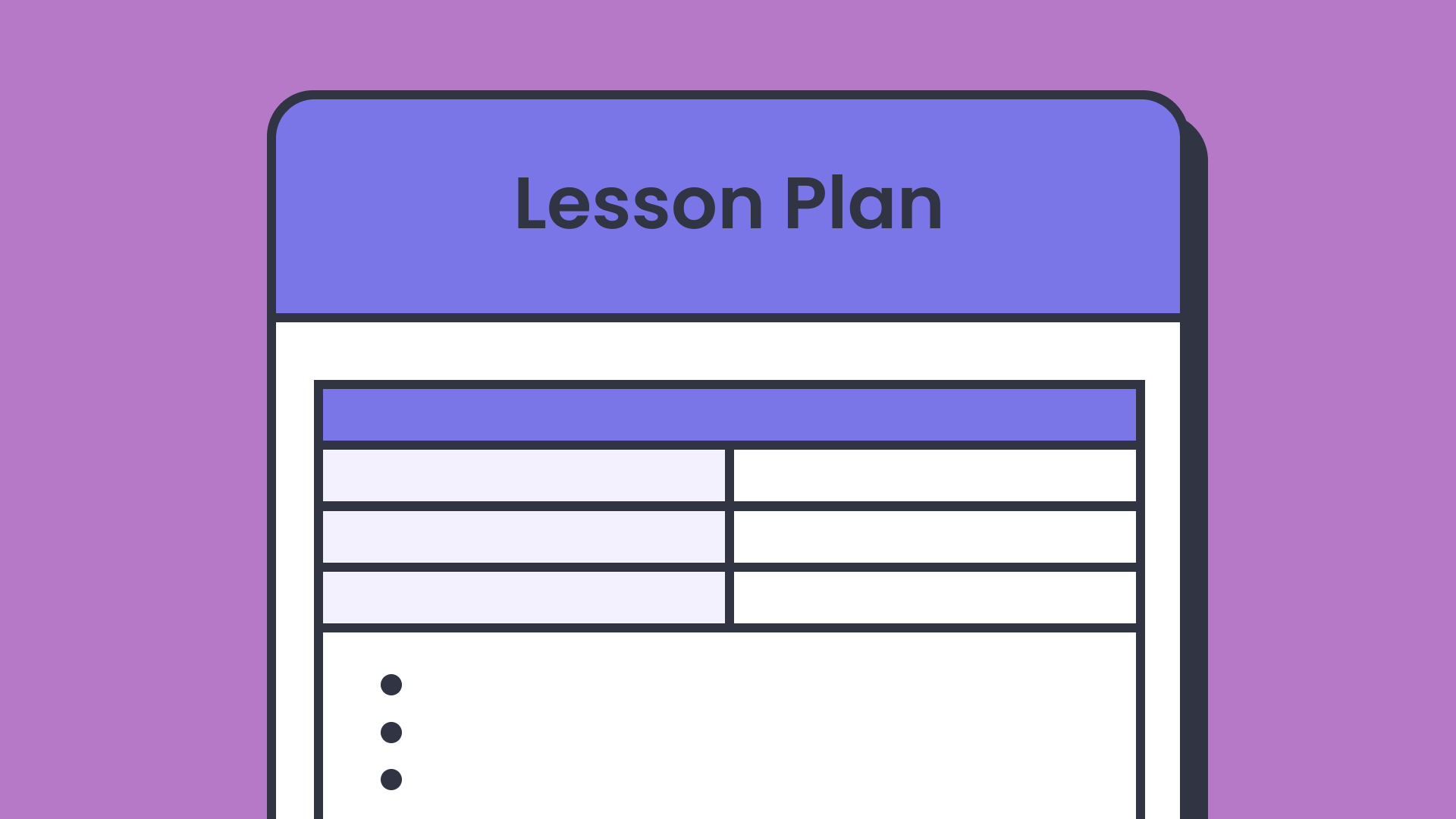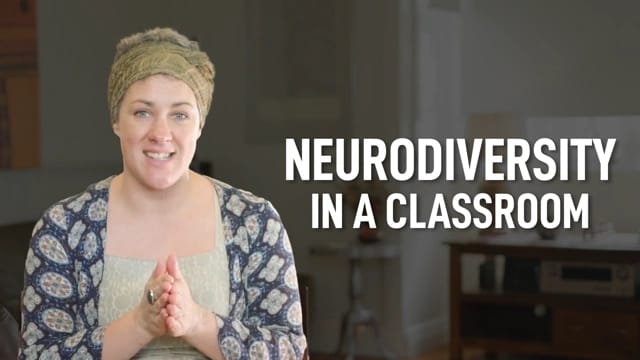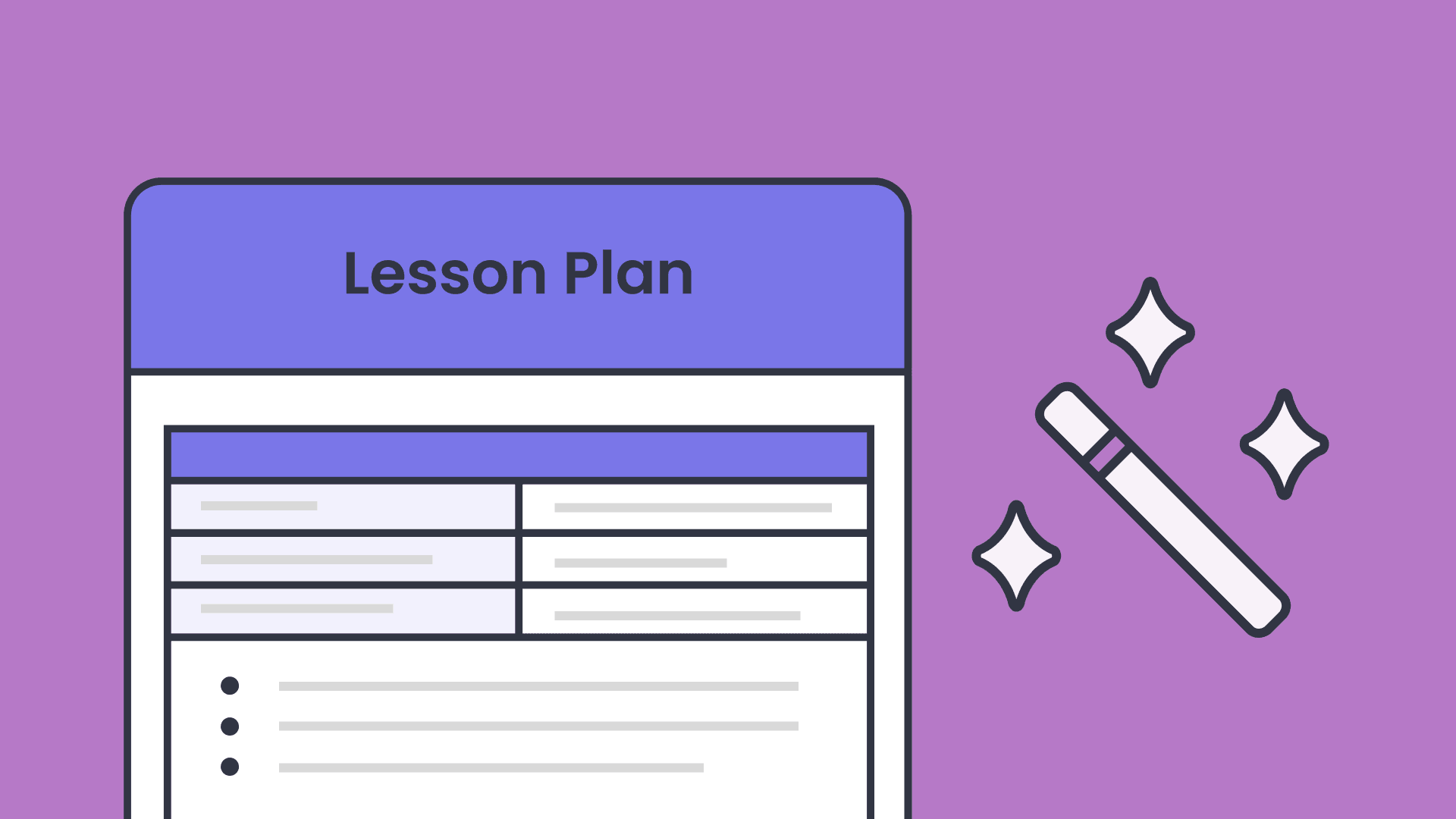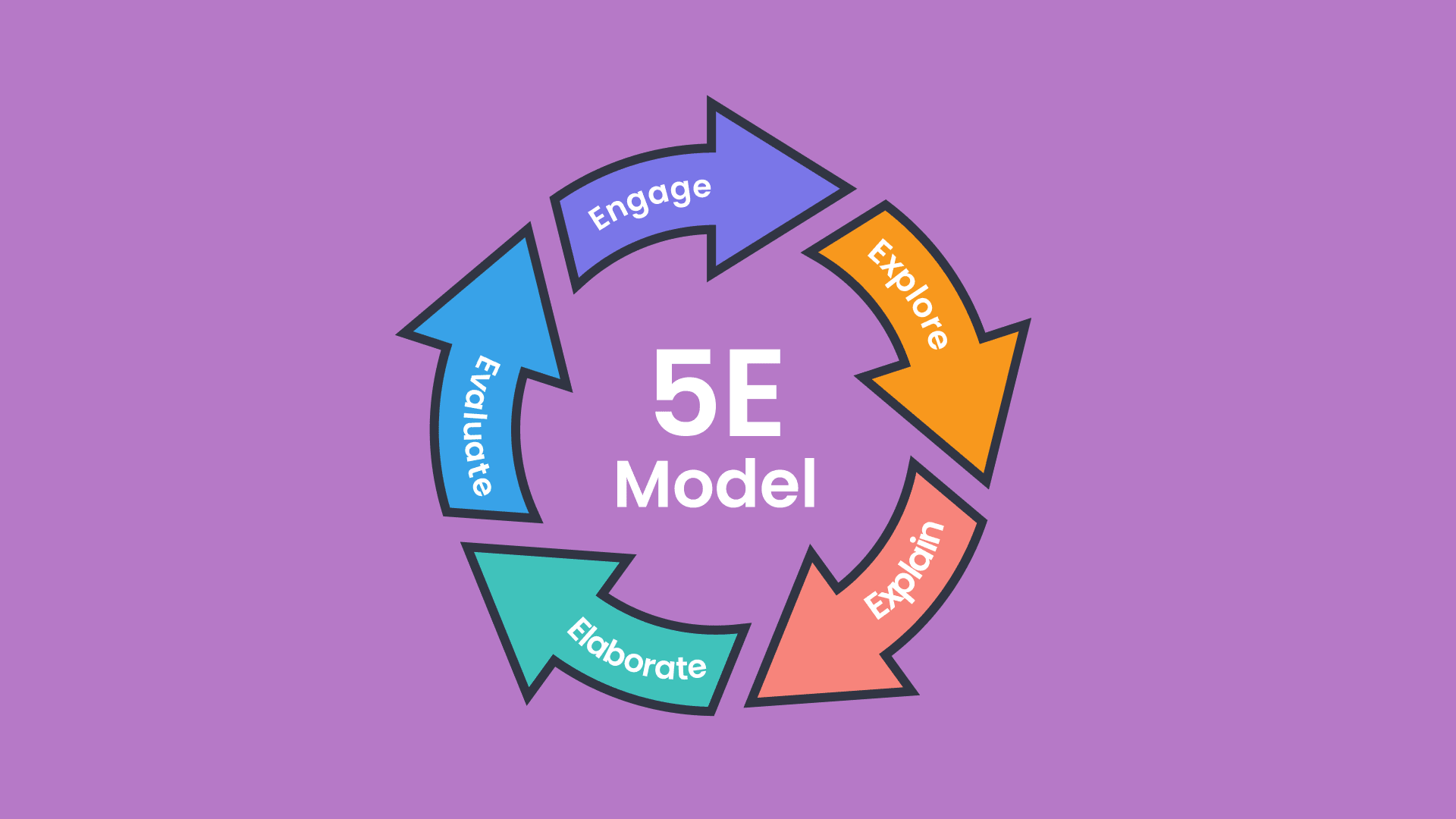What is the importance of a lesson plan?
In this guide
What is a lesson plan?
A lesson plan is a structured guide that a teacher uses to deliver a particular lesson. Lesson plans may have various formats, but they include many of the same elements.
A good lesson plan includes
- A learning objective,
- Content,
- Activities,
- Assessments,
- Materials/resources, and
- Differentiation techniques.
1) Learning objectives
Every lesson plan should include a learning objective. The learning objective is how the teacher and students know the focus and aim of the lesson.
Learning objectives include what the students should know and how they will demonstrate that knowledge by the end of the learning cycle. Students should also know what the objective of the lesson is prior to learning. This helps students to take ownership of their learning.
2) Content and activities
A lesson plan includes the content that students must master. It is the heart of the lesson. The content includes the curriculum links and subject matter taught in the lesson. Within a lesson plan, the content that will be taught is outlined and included to bring focus to the lesson.
The activities that will be used to teach the content are also part of the lesson plan. Class discussions, labs, group projects, mini-lessons, hands-on activities, writing, readings, etc. are all examples of activities that are included for teaching the content.
3) Assessments
Formative and summative assessments are part of the overall lesson plans.
Summative assessments can be used to design lessons so that students are learning the concepts and skills they will need to demonstrate. These should be throughout the unit of work.
Formative assessments help the teacher to know which students are understanding the materials and which students may need more support. This is at the end of a unit of work.
4) Materials and resources
The materials and resources that will be used during a lesson cycle should be included in the lesson plan.
- Will students need to use a textbook?
- Are they creating posters that require paper and markers?
- Will the teacher be showing a video clip during the course of the lesson?
This helps the teacher to be prepared to give the lesson in a more efficient and orderly manner. When the lesson is delivered, there will not be downtime spent trying to get the materials collected and prepared.
5) Differentiation techniques
Including differentiation techniques in a lesson plan helps the teacher to make sure they address the needs of all students during the course of the lesson. There are a wide range of differentiation techniques that will need to be used depending on your students and their different needs. Regardless of the technique, they should be included in the lesson planning process.
A few examples of differentiation techniques include:
- Scaffolding,
- Flexible grouping,
- Adapted texts,
- Choice boards, and/or
- Collaborative learning.
Why do we plan lessons?
Like many teachers, there have been times when I conducted a lesson with very little planning. I just dove in and taught it. In all honesty, most of those were probably not my best work as a teacher. I felt frazzled and as I reflected on the lesson, I thought of several ways that I could have done better to support my students.
Lesson planning creates an environment where learning is focused and has purpose. We plan, so that we can provide a better learning experience for students. Lesson plans ensure that we are covering the required curriculum, addressing student needs, and assessing students appropriately.
We also plan lessons so that our teaching is more effective and efficient. Lesson planning allows teachers to address the needs of all students. Differentiation can be planned for and executed with a good lesson plan.
The importance of lesson planning
Perhaps the most important aspect of lesson planning is that it helps teachers to align learning goals with curriculum and assessments. If we do not plan for learning, learning may not occur.
A lesson plan helps to drive instruction. Alignment means that learning goals will be achieved. Aligning formative assessments and summative assessments with instruction is pivotal for student success.
Another reason that lesson planning is important is that it allows teachers to address individual student needs. Within a plan, the teacher can include accommodations, linguistic assistance, and support for students that need extension activities. Differentiated instruction is easier to do when it is planned for in advance. With a teaching plan, the teacher can determine grouping, produce questions on various levels, and address student needs.
In addition, lesson planning lets the teacher predetermine and gather materials for a lesson. Some lessons require materials and preparation. Lesson planning gives the teacher the time to determine those materials and to be prepared. When the teacher is prepared with the needed materials, there is less down time within the lesson. Transitions can occur more smoothly and activities have more meaning and purpose.
How to start creating your lesson plan

Many schools have templates for creating lesson plans. Some require that plans are submitted on a specific day for the following week.
Regardless of the requirements set by a school, having a lesson plan is important. Even though the school gives me basic lesson plans for my English classes, I still must internalise and personalise those lessons. I also must spend time identifying areas for differentiation, developing questions, and gathering any materials. Creating, or editing, a lesson plan is still a part of a teacher’s job even if lesson plans are provided.
When beginning to create a lesson plan there are three areas to consider –
- Curriculum,
- Learning objectives, and
- Assessments.
1) The curriculum
The curriculum is the place to start when developing lesson plans. It tells a teacher what students must know to show mastery of the content.
Identifying and unpacking the curriculum is how to determine the level of rigour a lesson needs to address. For example, I currently teach Year 11 English. Each criterion contains a verb. This verb tells the level of knowledge that students must demonstrate to show mastery of that criterion.
Here is an example from the English KS4 Curriculum:
“Pupils should be taught to write accurately, fluently, effectively and at length for pleasure and information through
- selecting, and using judiciously, vocabulary, grammar, form, and structural and organisational features, including rhetorical devices, to reflect audience, purpose and context, and using Standard English where appropriate”
In this case, the verbs are ‘write’, ‘selecting’, ‘using’, and ‘reflecting’. The student is expected to:
- (A) Write using vocabulary and grammar for effect.
- (B) Write by selecting a structure and organisation.
- (C) Write using rhetorical devices.
- (D) Write in a way that reflects the target audience.
Of course, not all of the subsections of this are taught in one lesson, but knowing what needs to be taught allows a teacher to scaffold and provide differentiation as well. Using the curriculum to drive lesson planning ensures that lessons are aligned to national expectations.
2) Learning objectives
When beginning to create lesson plans, creating learning goals can ensure that the instruction is aligned to the learning and assessments. Learning goals or objectives create a focus for both the teacher and the students. Learning goals should also be shared with students.
When creating a learning objective, it is helpful to begin with the end in mind. This means that the teacher should have a clear understanding of where students will be at the end of the lesson.
The curriculum can help in creating a learning objective. Make these learning objectives student friendly so that students understand what they should be doing and why as well.
Once a learning objective has been established, the next question is how to get students to reach that objective. This is done through the activities, class discussions, questioning, and assessments.
3) Assessments
Assessments are a major part of developing a lesson plan. There are two types of assessments that should take place in the classroom: formative and summative.
Formative assessments are assessments for learning. These are used by the teacher to gauge understanding and to adjust teaching.
Summative assessments are assessments of learning. These show the teacher how well students learned the materials and give students an opportunity to show their mastery.
Similar to a learning objective, creating assessments requires that a teacher begin with the end in mind. Knowing what is on the summative assessment, determines what a teacher focuses on within the lessons and how they will use formative assessments effectively. The frequent use of formative assessments is useful for lesson planning because teachers know quickly which students need further instruction and which ones do not.
The formative assessments a teacher plans to use should be included within a lesson plan. Formative assessments can take many forms including questioning, exit tickets, short quizzes, and polls. The information gleaned from these assessments should be used to determine instructional needs. Sometimes they are used immediately and other times they are used soon after the assessment occurs.
Common challenges in lesson planning and how to overcome them
Teachers will often cite many reasons for not creating lesson plans. However, lesson plans create a better learning environment and help a teacher to be more effective.
The following challenges associated with lesson planning include possible solutions for overcoming them.
1) Time

Ask any teacher what the biggest obstacle they face in education is and many will probably say a lack of time. It takes time to plan, to grade, to participate in professional learning communities (PLCs), and to accomplish just about everything else a teacher must do in a school day. Lesson planning is no different. It takes time.
While there is no magic wand that makes there be more time in a day, there are ways to lessen the time it takes to create lesson plans. One way is to schedule the time. Creating a schedule with designated time for lesson planning can help a teacher to focus on the task. This scheduled time can include checklists.
Using templates is another great way to cut down on the time it takes to create lesson plans. Often, a school will provide a template for lesson planning. However, if not, create one. This template should include the curriculum links, learning objectives, formative assessments, and differentiation strategies.
This instance would be an example of a time when AI could be useful in saving time. While I would not recommend using AI to write lesson plans or to create lessons, it can be useful for creating a template for lesson planning. AI can save time and energy because it can take parameters and create a template that is reusable!
2) Student engagement
Student engagement is a concern for every teacher. Engaged students retain more information and learn at a deeper level. Student engagement is important to consider when creating lesson plans. The great thing about lesson plans is the teacher has the opportunity to include and prepare for student engagement.
One way to increase engagement is through making learning relevant. Including ways that learning applies to real life. This can be done through discussion, but also through hands-on learning activities. Activities such as science experiments, projects, and relevant research can result in increased student engagement because they make learning relevant and fun.
Inquiry-based learning opportunities can make learning fun and help students to learn to think critically. Inquiry-based learning is driven by student questions. Students must use critical thinking skills and develop problem solving skills.
Try adding some inquiry-based learning activities to your lesson plans!
3) Limited resources
Lacking the necessary resources can be an extremely frustrating part of teaching. Often teachers are expected to create lessons that require resources they do not have, or they are expected to provide those resources out of their own pockets. That is neither fair nor sustainable.
Sometimes a teacher must be creative when they are faced with limited resources. This can mean that an activity might need to be updated to include less materials or using what is already available. Or maybe an activity can be replaced with a different one that requires less materials.
Here is an example of how the materials in an activity might be reduced –
In this activity students use toothpicks and marshmallows to create a tower. The students with the tallest tower win, but the object of the activity is teamwork and critical thinking.
Instead of using toothpicks and marshmallows, which could get expensive for a large class, or could be considered wasteful, use recyclables. Students can collect paper towel tubes and toilet paper tubes, straws, cereal boxes, and other such items to use in the activity.
4) Diverse student needs
Lesson planning provides the perfect opportunity for addressing diverse student needs. However, this is also sometimes a challenge in the classroom. A typical classroom may have any combination of students that need specific accommodations, are language learners, and need to be challenged. There are also students with behavior concerns and sometimes with health concerns too!
Planning for all of the varying needs in a classroom can seem like an insurmountable task. However, there are strategies that can help. One incredibly useful strategy is formative assessment. Formative assessments are those that are used to determine the needs of students during the learning cycle. This can help teachers to determine grouping and reteaching needs quickly and efficiently. Formative assessments help the teacher to know their students better.
Other ways to overcome various student needs is to incorporate flexible grouping, using adapted content, and varying the instructional materials used in lessons. These are ways to differentiate instruction to meet the needs of students. Presenting content in a variety of ways and allowing students to express what they learn in a variety of ways can also address the needs of diverse learners.
Planning lesson plans for different year groups
Decisions for lesson planning are based on the needs of students regardless of the year group of the students. That being said, different year groups will require a few variations to be appropriate for the classroom. Below are a few suggestions of ways to vary lesson plans for the year group of students.
1) Learning objectives
We have already discussed the importance of learning objectives in lesson planning. When creating learning objectives for various levels, it is important to remember what is relevant for students. Learning objectives are not only important for the teacher, but they are important for students to know what they are learning and should be able to do.
Learning objectives should be student friendly, however, the definition of student friendly changes as students progress through school. Attention should be paid to the verbs used to indiciate the level to which students are expected to complete a task. The curriculum can also help to write an objective that is relevant and appropriate for the year group.
Below is an example of student-friendly learning objectives about using data to create pictures and graphs.
KS2
- I can collect information and use it to make a picture graph to show what I learned.
KS3
- I can organise data in a table and create a bar graph to compare and analyse the information clearly.
KS4
- I can use a set of data to create and label a bar graph that accurately represents relationships and trends.
All of these learning objectives address the same skill but they all include increasingly complex vocabulary and skills.
2) Lesson structure

Age and developmental level impact the way that a teacher structures a lesson. Younger students need lessons that are shorter and have a higher degree of repetition. Students that are older and more advanced can handle longer lessons with less repetition.
When planning lesson structure, teachers should again consider the needs of their students. Students may need more frequent brain breaks and those should be scheduled within the lesson.
When deciding on a structure for the lesson, consider timing and transitions.
- How will the class move from one activity to the next?
- Will there be enough time to complete the lesson?
3) Content
Of course, when writing lesson plans for different year levels, the content will be different. Age and developmentally appropriate content should be selected. The content taught in a classroom may be dictated by a school. It might also be left to a teacher to determine what content to include.
When determining if content is year group or developmentally appropriate consider three things –
- The development level of students,
- The content’s complexity, and
- Any potential harm the content may cause.
The developmental level of students is not always just about their age. Students can be above or below what would be considered age appropriate. This is where formative assessment can come in helpful. Using formative assessment to determine student needs and readiness for learning can assist the teacher in making decisions for appropriate content.
The content’s complexity is also important to consider in lesson planning. This is very closely linked to student developmental levels. More complex materials would be most useful for more developed or older students. This is not to say that complex materials cannot be scaffolded to make them appropriate for lower students.
Why strong lesson planning matters more than ever
Strong lesson planning matters now more than ever because the standards for education are high. Students need lessons that meet their needs and help them to develop knowledge and skills. Lesson planning is also vital for teacher efficacy. Lesson planning helps teachers to evaluate their teaching, know their curriculum, and know their students.
Lesson planning has always been important, but as the world of education evolves, it is becoming even more so. As educators, it is our responsibility to help students to learn and grow and become productive members of society. Lesson planning is a part of the intricate puzzle of education. Strong lessons build strong teachers and students.
Sources:
- Cain, S., Laird, M., Cotten, S. and Ellspermann, J. (2021). The Fundamental 5 Revisited: Exceptional Instruction in Every Setting. Kendallvill, IN.: self published.
- Duckor, B. and Holmberg, C. (2017) Mastering Formative Assessment Moves 7 High-Leverage Practice to Advance Student Learning. Alexandria, V.A.: ASCD.
- Texas Education Agency. (2019). Texas Essential Knowledge and Skills: English 2. Available at https://texas-sos.appianportalsgov.com (Accessed May 20, 2025).

Mattie Farrer
briefcase iconAVID Site Coordinator / Content Curator
Mattie Farrer has been an educator in various grade levels and capacities during her career. She has a passion for supporting English learners and their language development. She also loves helping teachers reach all students.
Other posts
Want more content like this?
Subscribe for blog updates, monthly video releases, trending topics, and exclusive content delivered straight to your inbox.











